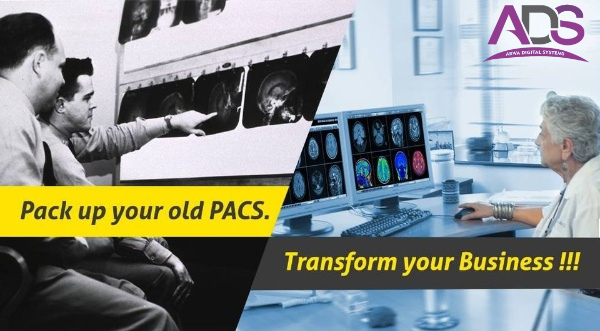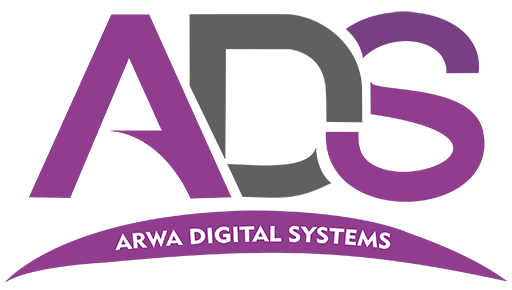While distributed computing has been around for over 10 years, medical services is at last embracing it today. A new market study1 revealed that the worldwide distributed computing market in the medical services industry was esteemed at US$1.82 billion out of 2011 and is supposed to arrive at US$6.79 billion by 2018, developing at an accumulate yearly development pace of 21.3% from 2012 to 2018.1 Radiologist pacs
The fast reception of distributed computing in medical care presents open doors and difficulties. Cloud-based PACS alongside versatile applications vow to work on picture and information sharing and cut costs, yet one test is secure capacity. Clinical pictures are projected to require 30% of the world’s stockpiling and could before long address 10% of all of U.S. medical services costs or around 1.5% of US GDP.1 From an IT viewpoint, the typical 100-bed clinic, performing 40,000-50,000 radiology tests yearly, is adding 5 terabytes of information to picture storage.1 Radiologist pacs
There are a few ways to deal with building a cloud-based PACS or picture trade, which offer practical answers for overseeing gigantic volumes of promptly open information.
Why pick the cloud?
How do cloud-based arrangements influence radiologists? It is turning out to be more down to earth from a productivity and cost viewpoint for radiology to share pictures and reports across a solid cloud organization. Radiologist pacs
As more medical services suppliers and emergency clinics put resources into electronic wellbeing records (EHR), they are coordinating picture watchers into EHRs — basically constructing an extension between alluding doctors and radiologists. These foundations are progressively utilizing cloud-based networks as the spine.
Cost is a main consideration driving the quick reception of cloud-based foundations in medical services. As per the Government Accountability Office, 75% of all imaging methods are performed beyond the emergency clinic setting where picture chronicling and correspondence frameworks (PACS) are essentially nonexistent.2 Currently, the National Healthcare Information Network (NHIN) requires a PACS to share clinical images,2 which implies 75% of clinical pictures won’t be accessible to suppliers without PACS. A practical answer for the issue is Software-as-a-Service (SaaS) or on-request programming. Since applications are conveyed as an assistance over the Internet, clients can pay on a compensation for each utilization model. Radiologist pacs
With on-request applications, like radiology data frameworks (RIS), PACS, remote picture audit programming (teleradiology), high level 3-layered (3D) applications, and charging programming, offices try not to pay colossal forthright costs.3 Multiple emergency clinics can share standard programming, foundation, stockpiling, and handling power. Distributed computing can help imaging [networks] quickly scale and descale activities and keep away from gigantic spending on upkeep of exorbitant applications and storage.3
Moreover, the adaptability of anyplace, whenever admittance to clinical information permits radiologists to report from a distance from outside the clinic. Radiologist pacs
These variables — low forthright expenses, savvy versatility, and adaptability — are driving the movement to cloud-based PACS.
Cloud-based models work on picture sharing
One of the genuine characteristics of virtuoso is causing something in fact complex to appear to be straightforward. This was the methodology Steve Jobs took while presenting the idea of the PC.
In medical services, what appears to be basic is entirely complicated. This is the situation with picture and information sharing. A new review found that external pictures were dealt with in crisis offices where around 20% of pictures were hand conveyed or messaged straightforwardly to doctors; around 90% of pictures were placed into the emergency clinic PACS, while around 10% were overseen through the divisions treating the patient. A few of the doctors and IT staff in the review noticed that pictures were much of the time lost and tests must be redone.4
Utilizing zero-impression programming, applications that don’t need end clients to introduce any software,5 is extremely savvy since it just requires a program and runs on any stage. A few PACS guarantee to be zero impression, yet on the off chance that they require modules, just sudden spike in demand for explicit programs, and don’t uphold tablet or cell phone capacities, then the genuine benefit of a zero impression, for example, diminishing expense of possession and conveying information with insignificant IT support, is reduced. Then again, many zero-impression executions in the market are extremely essential and don’t uphold full demonstrative review required in a PACS. Radiologist pacs
A striking zero-impression watcher is Nil arrangement by Claron Technology, which is similarly essentially as strong as an independent workstation with help for multi-screen, rule-based balancing conventions for test seeing as per doctor inclination. As an unadulterated zero-impression watcher, all in all nothing remains to be introduced and there are no limitations on program use.
Further developing reference administrations
Laying out a strong reference base is the life-blood of radiology and represents a specific test for private practices. It is presently adequately not to give exact radiological peruses speedy times required to circle back; alluding doctors believe radiologists should assume a more cooperative part by surveying a case immediately and should be informed of basic outcomes.
Developing private practices like Sand Lake Imaging, Orlando, FL, a high-volume unsupported imaging place with 350 patients per day, need to speak with nearby alluding doctors as well likewise with those found broadly and globally. By changing their RIS over completely to MedInformatix and CoActiv’s cloud-based PACS, the imaging community expanded its efficiency by 30%, working on its support of alluding doctors.
“The CoActiv PACS has settled our difficulties to grow our training abilities to interact with doctors across the continuum of care. It’s a cloud-based framework that is not difficult to set up, to get each of the specialists set up onto the framework in a way that is HIPAA consistent and nonintrusive to their own practices,” said Stephen M. Bravo, MD, Medical Director, Sand Lake Imaging. Radiologist pacs

With the new framework, subspecialists can now see 3D reproduced pictures and cine pictures of the heart and PET/CT assessments. “That has altogether assisted us with adjusting these subspecialists in manners we couldn’t previously,” said Dr. Bravo. The program additionally gives a component to subspecialists to see the records of those patients whose essential consideration specialists at first sent them to Sand Lake Imaging. Radiologist pacs
Another test is successfully imparting critical outcomes to alluding doctors. It can require 10 to 15 minutes and a few chairmen to interface the radiologist with the alluding specialist briefly discussion, says Sid Prakash, MD, DABR, a symptomatic radiologist at Total Radiology at Bainbridge MRI, in Bronx, NY, where they as of late introduced RoentgeonWorks by BRIT Systems. Radiologist pacs Radiologist pacs
The RoentgenWorks DICOM Cloud is a program stage for transferring clinical imaging studies and reports. Clients can transfer, view, and offer investigations and reports day in and day out from any https association. Clients can likewise convey email welcomes to partners and patients, permitting them to see pictures by means of Brit’s WebWorks program based watcher or the DoctorWorks iPad application. Radiologist pacs
“Today you want to report basic outcomes to the alluding specialists. I was searching for a PACS merchant zeroed in on correspondence, not simply on the PACS UI,” said Dr. Prakash. “The way that it lets you know there’s a pressing finding is perfect. In the event that you direct an earnest concentrate on intense break, for instance, it gets those words and knows whether it’s critical and gives you choices to call and leave a computerized voice message on the specialist’s telephone and furthermore send data on the pressing finding.” Radiologist pacs
Dr. Prakash was additionally searching for a PACS that upheld portable applications to impart pictures to doctors. “It’s colossal to have the option to have provides details regarding iPads, specifically in light of the fact that more specialists need to see investigates their cell phones. At the point when I give a specialist admittance to covers a cell phone he will recall that my training had the option to do that while others were not. In the private practice space, it has a gigantic effect — it’s an upper hand. Radiologist pacs Anything you can do to make it simpler for them is significant,” said Dr. Prakash.
Cloud upholds the VNA model
One of the benefits of the cloud-network is adaptability. An organization can add on administrations and abilities through the cloud. One method for formulating an undertaking imaging system is to utilize a merchant unbiased chronicle (VNA). A VNA is an extensive cloud-based picture capacity and the board arrangement. Pictures are filed on a short-as well as long haul premise and the document can develop as limit necessities increment. VNAs assist wellbeing with caring suppliers unite imaging information from various PACS.
As a matter of fact, Colorado Telehealth Network (CTN) assembled the CTN Colorado Imaging Exchange on a cloud-based VNA organization. The idea was to store each of the pictures in a focal cloud archive to work with sharing imaging studies. As a feature of the assistance, Acuo Technologies and Client Outlook give merchant nonpartisan chronicling administrations and demonstrative quality clinical picture seeing, and GNAX Health has and deals with the cloud. The organization empowers emergency clinics, imaging focuses, facilities, and other medical care suppliers in Colorado to store and share clinical pictures through a private cloud securely.
“We need CTN’s Colorado Imaging Exchange to be interoperable. The arrangement shows the force of a coalition,” said Ed Bostick, Executive Director, CTN. The stage is a private highlight point network with worked in encryption for getting information.
“One of the advantages of the VNA is that radiologists frequently like the work process of a particular PACS, however their IT could do without how the framework is sent and made due,” said Toria Thompson, Consultant to CTN. “Since our answers deal with the chronicle piece of the PACS, it removes that truly difficult work from the PACS. Presently, the PACS can return to being essentially a radiology Radiologist pacs


